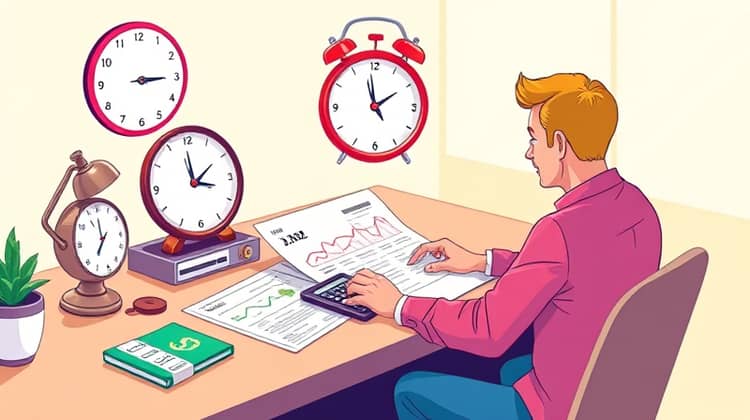When it comes to personal loans, the interest rate can make a significant difference in the total amount you repay. A lower interest rate can save you hundreds, if not thousands, over the life of a loan. As such, it’s vital to understand how you can effectively lower your interest rate before you take out a personal loan. Here are the top five ways you can reduce the interest on your personal loan, helping you secure a better deal and improve your financial health.
In this article, we will explore several strategies, from improving your credit score to negotiating with lenders. Each approach is designed to empower you as a borrower and help you get the best possible rate available in the market. By following these steps, you can navigate the loan landscape more effectively and ensure that you’re making informed financial decisions.
1. Improve Your Credit Score

The first step in lowering your personal loan interest rate is to take a good look at your credit score. Lenders often use credit scores to determine how risky it is to lend money to you. Generally, the higher your credit score, the lower the interest rate you will be offered. Improving your score can be a powerful tool in securing better loan terms and saving you money in the long run.
To achieve this, ensure that you pay your bills on time, reduce your credit card balances, and avoid taking on unnecessary new debt. Additionally, review your credit report for any errors and dispute inaccuracies, as these can further harm your score.
- Check your credit report regularly for errors.
- Pay off outstanding debts and reduce credit utilization.
- Make all future payments on time.
By taking the time to improve your credit score, you not only enhance your chances of securing a loan but can also benefit from significantly lower interest rates. This foundational financial health can set the stage for better borrowing options and more affordable payments.
2. Shop Around for the Best Rates

Shopping around is one of the most straightforward yet effective ways to lower your interest rate on a personal loan. Different lenders offer varying interest rates and loan terms, so taking the time to compare offers can pay off. Make it a habit to gather quotes from multiple financial institutions, including banks, credit unions, and online lenders.
When you start comparing rates, pay attention not just to the interest rate, but also to the overall cost of the loan, including any fees or additional costs that may affect your financial situation.
- Research multiple lenders and their offerings.
- Calculate the total cost of the loan, including fees.
- Use online tools to compare rates easily.
By diligently shopping for the best rates, you can position yourself to not only save on interest but also select the loan terms that suit your financial situation best. A little effort in research can lead to significant savings over time.
3. Consider a Secured Loan

If you're struggling with a low credit score or simply looking for lower rates, consider applying for a secured loan. A secured loan is one where you provide collateral, such as your home or a vehicle, to secure the money you’re borrowing. Because it lowers the lender's risk, secured loans typically come with lower interest rates when compared to unsecured loans.
- Identify valuable assets you can use as collateral.
- Determine loan amounts and terms based on the collateral's value.
- Shop for secured loans that align with your financial needs.
However, be cautious as using collateral means that you risk losing that asset if you fail to repay the loan. Make sure you're fully committed to repaying the loan before choosing this option.
4. Shorten the Loan Term

Many may not realize that the term length of your loan can significantly impact your interest rate. Generally, shorter loan terms often result in lower interest rates. While your monthly payments may be higher, you end up paying less in interest over the life of the loan. If your budget allows, consider opting for a loan with a shorter term to save on costs.
Short-term loans typically have higher monthly payments, but the overall financial benefit can outweigh the short-term discomfort of higher payments. Assess your financial capacity before deciding on the loan term.
- Lower total interest paid overall.
- Faster repayment leading to less debt burden.
- Potentially better rates offered by lenders.
Ultimately, choosing a shorter loan term can be a powerful strategy to save money and manage your financial commitments more effectively in the long term.
5. Negotiate with Your Lender

Lastly, negotiating with your lender can be an effective way to lower your interest rate. Remember, many lenders may have some flexibility in the terms they offer, especially if you have a good credit score or history with them. Approach your lender prepared with evidence of better offers from competitors or any financial improvements on your side that warrant a lower rate.
Don’t hesitate to ask for a better deal; many borrowers overlook this crucial step. Instead, emphasize your strengths as a borrower, including your payment history and credit score, to strengthen your case for negotiation.














